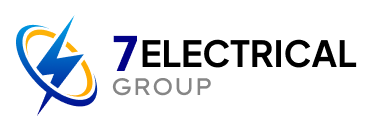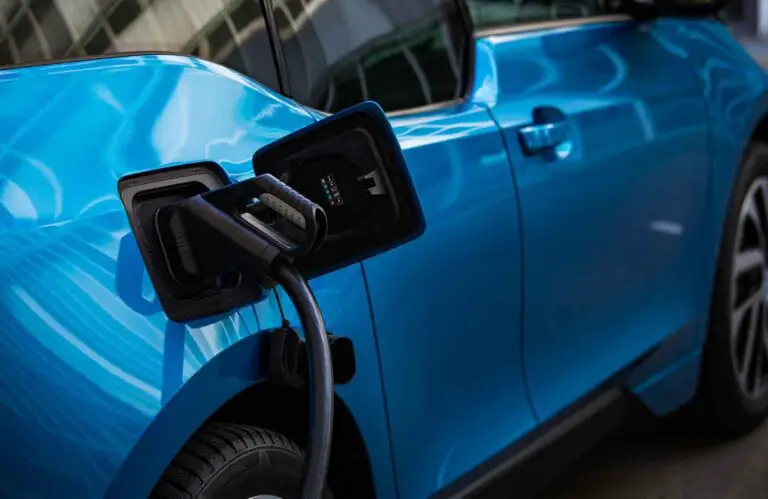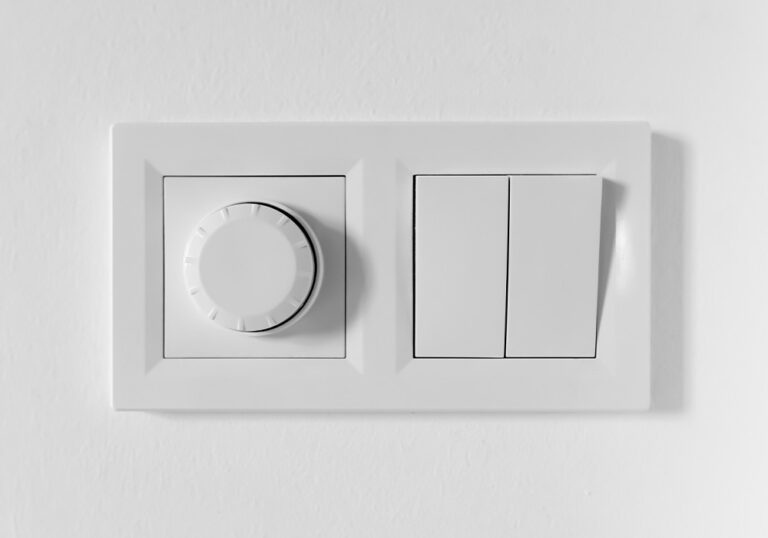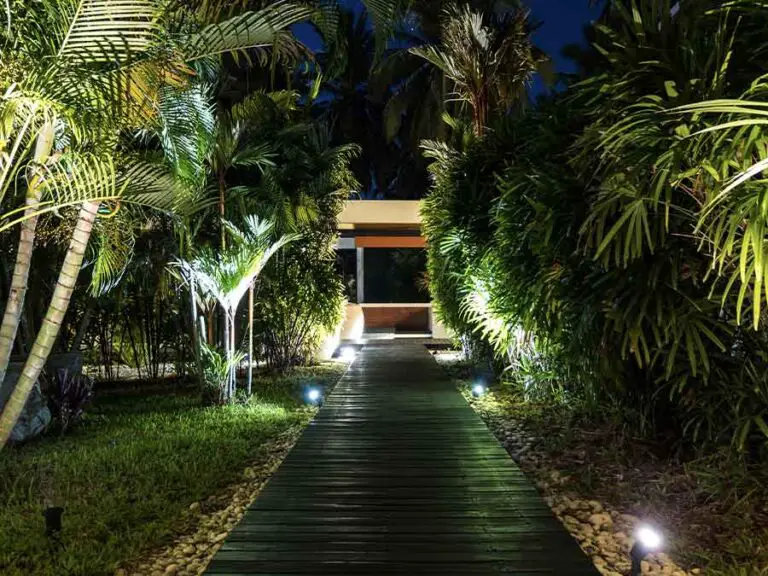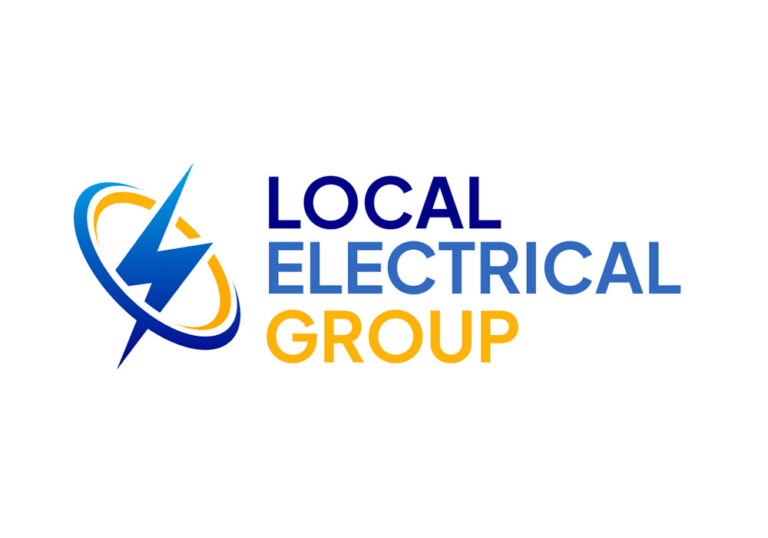How Much Electricity Does a Kettle Use?
A common household appliance, the electric kettle is an essential tool for many when it comes to brewing a perfect cup of tea or preparing a quick meal. Yet, despite its common usage, many people may not be aware of the amount of electricity their kettle consumes. Electricity consumption for kettles not only impacts household energy bills but is also important for knowing our carbon footprint.
Each kettle’s electricity use depends on several factors like its power rating, the amount of water heated, and the frequency of use. Knowing these factors will allow you to make informed choices about how to reduce energy consumption and be more environmentally friendly. So, how much electricity does your kettle really use?
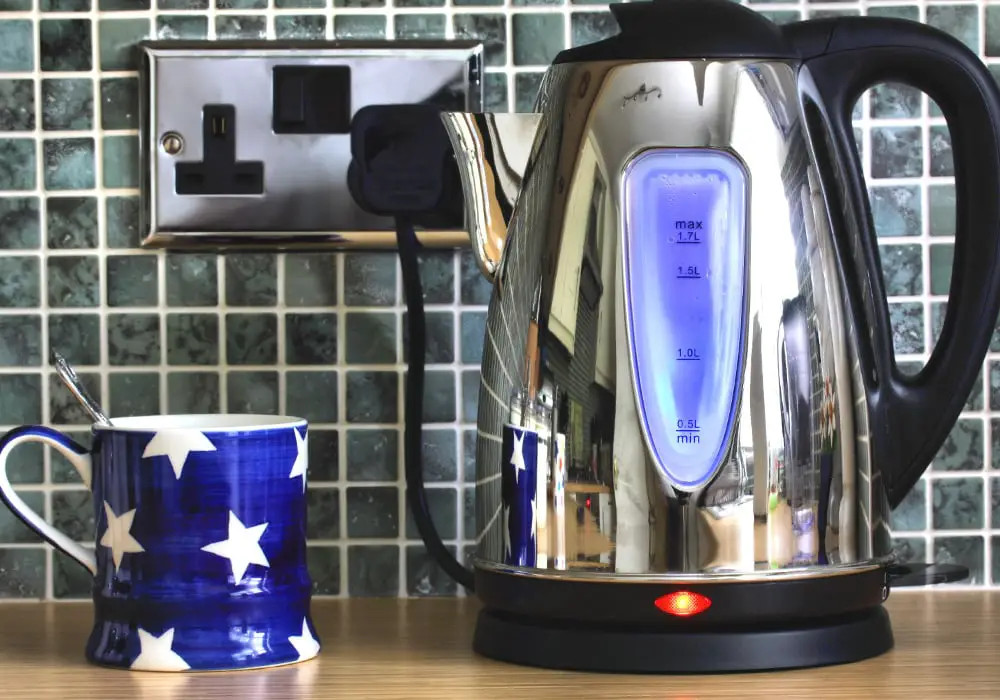
Key Takeaways
- Electricity usage depends on a kettle’s power rating, amount of water heated, and usage frequency
- Kettle energy consumption can be compared with other household appliances for perspective
- Utilising energy-efficient kettles and heating techniques help reduce energy usage and costs
Understanding Electricity Usage
When trying to comprehend how much electricity your kettle uses, it’s important to first understand the basics of electricity usage. Electricity is typically measured in kilowatt-hours (kWh), which is the amount of energy used by an appliance running at a power level of 1000 watts for one hour.
To determine your kettle’s electricity usage, examine the specifications on the appliance or its packaging to find its wattage. The wattage will indicate the power consumed by your kettle while in use.
Let’s assume your kettle has a power rating of 2000 watts. To calculate the kWh usage, divide the wattage by 1000 and multiply the result by the number of hours the kettle is operational. For example, if you use your kettle for 0.25 hours (15 minutes) per day, the calculation would be:
(2000 watts / 1000) * 0.25 hours = 0.5 kWh
This means your kettle uses 0.5 kWh of electricity for 15 minutes of use per day. Keep in mind that the electricity usage will vary depending on the wattage of your kettle, how often you use it, and the length of time it takes to reach your desired temperature.
Typically, electricity costs are billed in pence per kilowatt hour (p/kWh). To estimate the cost of using your kettle daily, you’ll need to know the rate charged by your energy supplier.
Suppose the electricity rate is 15 pence per kWh. You can calculate the cost of using your kettle for 15 minutes per day as follows:
0.5 kWh * 15 pence = 7.5 pence
So, using your 2000-watt kettle for 15 minutes per day will cost 7.5 pence.
Be aware of the energy-efficiency features available in some kettles. Those with higher efficiency ratings may consume less electricity by heating water more quickly or maintaining a consistent temperature.
As you can see, understanding electricity usage can help you make informed decisions about your kettle use and find ways to reduce your energy consumption and the accompanying costs.
The Typical Power Rating for Kettles
Electric kettles are a staple in most households for their efficiency and convenience. When it comes to energy consumption, the typical power rating for kettles plays an important role in determining how much electricity they use.
Most electric kettles on the market have a power rating between 1,500 and 3,000 watts. The higher the wattage, the faster your kettle will boil water, but also the more electricity it will consume. To understand how this affects your energy consumption, it’s important to consider the specifics of your kettle’s power rating.
To make your kettle as energy-efficient as possible, it’s a good idea to choose one with a power rating at the lower end of the spectrum. Kettles with a 1,500-watt power rating will consume less electricity compared to those with a 3,000-watt rating, though the boiling time will be slightly longer.
When using your kettle, always try to boil only the amount of water you actually need, rather than filling it to its maximum capacity. This not only reduces the electricity consumption but also helps you save on your energy bill.
Remember, while the typical power rating of your kettle is important in determining its overall efficiency, adapting your usage habits can also play a significant role in reducing your energy consumption. By opting for a lower wattage kettle and boiling only what you need, you can enjoy your hot beverages without the worry of excessive electricity usage.
Calculating Electricity for Kettle Use
To calculate the electricity used by your kettle, you first need to know its power rating, usually expressed in watts (W). You can typically find this information on the kettle’s base or in the instruction manual.
Next, determine how much water you’re boiling and the duration it takes to reach boiling point. Most standard kettles have a capacity of 1.7 litres, but you may not always fill it to the maximum. Keep in mind that boiling more water will consume more electricity.
Now, let’s break down the calculation step by step:
- Convert the kettle’s power rating to kilowatts (kW): Divide its wattage by 1,000. For example, a 2,000W kettle would be 2kW.
- Determine the boiling time in hours: Most kettles can boil water within 2 to 5 minutes, depending on the amount and starting temperature. Convert this time to hours. For instance, if it takes 4 minutes to boil, that’s 4/60 = 0.067 hours.
- Calculate the energy consumed: Multiply the kettle’s power in kW (Step 1) with the boiling time in hours (Step 2) to get the energy used in kilowatt-hours (kWh). Using our example, 2kW × 0.067 hours = 0.134 kWh.
- Calculate electricity cost: To estimate the cost, multiply the energy consumed (Step 3) by your electricity rate (pence per kWh). Say your rate is 15 pence per kWh, then it would cost 0.134 kWh × 15 pence = 2.01 pence to boil water in the kettle.
Remember, these calculations only provide an approximation since power ratings and boiling times can vary. Also, energy-efficient kettles could reduce your electricity consumption, saving you money in the long run.
Moreover, to conserve energy:
- Only boil the amount of water you need
- Keep your kettle clean and maintained to ensure optimal performance
- Consider investing in an energy-efficient kettle with features like temperature control and automatic shut-off
Factors Affecting Electricity Consumption of a Kettle
Wattage
The wattage of your kettle plays a significant role in determining its electricity consumption. Kettles with a higher wattage rating will generally use more electricity than those with a lower rating. It’s essential to consider the wattage when purchasing a new kettle, as it can impact your energy bill. For example, a 1500W kettle will consume more electricity than a 1000W kettle to heat the same amount of water.
Frequency of Use
Another factor that affects the electricity consumed by your kettle is the frequency of use. The more often you boil water, the more electricity your kettle will consume. Being mindful of your usage habits can help you conserve electricity and reduce your energy costs. For instance, if you only need a small amount of hot water, consider boiling less water or using a smaller device such as a water heater or microwave instead.
Amount of Water Boiled
Lastly, the amount of water boiled in your kettle influences its electricity consumption. Boiling more water requires more energy and will increase the amount of electricity used. To save energy and reduce your electricity bill, consider boiling only the amount of water you need for your immediate use.
Here are some tips to optimise energy usage:
- Fill your kettle with only the necessary amount of water for your needs
- Choose a kettle with lower wattage if energy efficiency is a priority
- Monitor and gradually adjust your usage habits to conserve electricity
Following these guidelines can help you better manage your kettle’s energy consumption and reduce its impact on your electricity bill.
Comparing Kettle Electricity Usage with Other Household Appliances
When you’re boiling water in your electric kettle, you might wonder how its energy consumption stacks up against other household appliances. To grasp how much electricity your kettle uses, you’ll need to consider its wattage, which typically ranges from 1,000 to 3,000 watts. This varies depending on the make and model of your kettle. On average, boiling a litre of water in a 2,000-watt kettle takes about 3 minutes and uses around 0.06 kWh of electricity.
Let’s compare the electricity usage of a kettle to some other common household appliances:
- Washing machine: A standard washing machine uses between 0.5 and 3 kWh per cycle, depending on the efficiency and type of machine.
- Dishwasher: An average dishwasher consumes approximately 1.5 kWh per cycle, varying based on the model and wash settings.
- Microwave: A 1,000-watt microwave consumes about 0.7 kWh for a 45-minute cooking session.
- Refrigerator: A typical refrigerator uses between 100 to 800 kWh per year, depending on its size and efficiency.
As you can see, your electric kettle, while consuming more power in a short amount of time, doesn’t use as much electricity overall as other appliances that operate for longer periods. However, being mindful of the energy consumption of your appliances can help you save both energy and money.
To reduce your kettle’s electricity usage, consider the following tips:
- Only boil the amount of water you need, rather than filling the kettle to its maximum capacity.
- Replace your kettle with a more energy-efficient model if it’s outdated or inadequate.
- Regularly descale your kettle to ensure it operates efficiently.
When comparing the energy consumption of your appliances, it’s essential to consider factors like usage frequency and individual wattage. Understanding how these appliances impact your energy bill will help you make informed decisions in your household.
Benefits of Energy Efficient Kettles
Saving on Energy Bills
Switching to an energy efficient kettle can help you save on your energy bills. By consuming less electricity, your energy costs decrease, making it a smart investment in the long run. Additionally, these kettles often feature rapid boiling technology, which allows you to boil water faster, further reducing energy usage.
To maximise your savings, consider these tips:
- Fill the kettle with only the necessary amount of water needed for your intended use.
- Turn off the kettle as soon as the water has reached the desired temperature.
- Keep the kettle in a well-insulated area to minimise heat loss.
Reducing Carbon Footprint
Using an energy efficient kettle can help to reduce your carbon footprint. Since these kettles consume less electricity, they contribute to lower greenhouse gas emissions. This is an essential step towards fighting climate change and preserving the environment for future generations.
You can further reduce your carbon footprint by:
- Ensuring your energy efficient kettle is turned off and unplugged when not in use.
- Properly maintaining your kettle by descaling it regularly to enhance performance.
- Choosing a kettle made from sustainable and recyclable materials.
By investing in an energy efficient kettle, you are not only cutting down on your energy bills but also making a conscious effort to protect the environment.
Tips to Reduce Kettle Energy Usage
Fill the kettle with the right amount of water: To save energy, only boil the amount of water you actually need. This reduces the amount of time the kettle needs to heat up and minimizes wasted energy. Using a cup or mug to measure the water can be a helpful trick.
Upgrade to an energy-efficient kettle: When it’s time to replace your old kettle, opt for one with built-in energy-saving features, such as automatic shut-off and water level indicators. These kettles use less electricity and can help lower your energy bills.
Regularly descale your kettle: Limescale buildup can reduce a kettle’s efficiency, causing it to use more energy. To maintain your kettle’s performance, descale it regularly by using a descaling solution or homemade alternatives such as vinegar or lemon juice.
Preheat your cup: Pouring hot water into a cold cup or mug can cause the water to cool down too quickly. To keep your beverage warm and reduce the need for reboiling, rinse your cup with hot water before making your drink.
Keep your kettle clean: A clean kettle performs better and uses less energy. Regularly wipe down the exterior of your kettle and check for any debris or buildup in the spout. This ensures optimal performance and energy efficiency.
By implementing these tips, you can reduce your kettle’s energy usage and save on your electricity bills.
